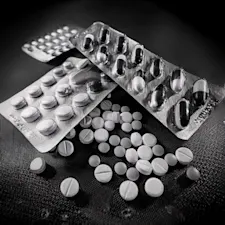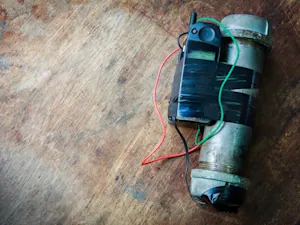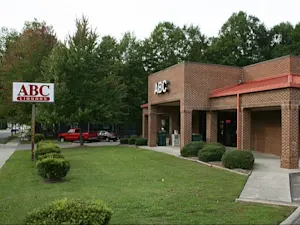
The Shocking Truth About Pill Mills You Need to Know
Pill mills are at the center of the ongoing opioid crisis, posing a severe threat to public health. These illicit operations appear as legitimate medical clinics, but their primary goal is to push large quantities of addictive drugs into communities. Understanding what pill mills are and how they operate can help raise awareness of their dangers and the devastating consequences they have on society.
What Is a Pill Mill?
A pill mill refers to a medical practice, pharmacy, or clinic that prescribes opioids and other narcotics inappropriately, often without medical necessity. These clinics typically do not follow standard medical procedures. They offer prescriptions in exchange for cash without performing thorough medical exams or requiring medical records. These operations often disguise themselves as pain management centers, but their goal is to profit from the high demand for opioids like oxycodone and hydrocodone.
The Telltale Signs of a Pill Mill
Pill mills operate with several critical red flags. Most clinics accept only cash payments to avoid leaving a paper trail. They often have long lines of patients, many of whom come from different areas in search of opioids. Inside, there is rarely a comprehensive medical evaluation, and patients are often allowed to choose their drugs without any real oversight. Additionally, these clinics work closely with specific pharmacies, directing patients to them to ensure the prescriptions are filled quickly.
How Pill Mills Fuel the Opioid Epidemic
Pill mills have exacerbated the opioid epidemic, as they make powerful and addictive drugs easily accessible. In many cases, pill mills flood small communities with more pills than the local population could reasonably need. For example, in Kermit, West Virginia, a single pharmacy distributed 9 million hydrocodone pills in just two years — Kermit's population is 392. The lack of regulatory oversight and the willingness of these clinics to overprescribe have led to widespread addiction and overdose deaths across the U.S.
Legal Consequences for Operators
Operating a pill mill can lead to serious legal repercussions. Under federal law, prescribing opioids without a legitimate medical reason can result in felony drug trafficking charges. Convictions can lead to life imprisonment. Recent crackdowns have led to hundreds of physicians facing charges, with most cases occurring between 2010 and 2019. Despite these efforts, many pill mills continue to operate, adapting to avoid detection.
Pill Mill Pharmacies and Criminal Enterprises
Pill mills are not limited to shady clinics. Some are part of larger criminal enterprises involving pharmaceutical distributors and pharmacies. In recent cases, pharmaceutical executives and sales representatives have been charged with knowingly supplying millions of opioid pills to pharmacies involved in pill mill operations. For example, in 2024, 10 individuals, including pharmacy operators, were indicted for distributing nearly 70 million opioid pills to pill mills in Houston, Texas. These pharmacies then sold the drugs to street-level dealers and drug traffickers, fueling the black market. The profits for these criminals were immense, with the black-market value of the drugs exceeding $1.3 billion.
These large-scale operations exploit vulnerable communities and actively evade law enforcement. Tactics include manipulating compliance measures to avoid detection by the U.S. Drug Enforcement Agency (DEA) and other authorities. As part of broader efforts to address the opioid crisis, these criminal networks are being dismantled through coordinated law enforcement actions.
Steps Taken to Combat Pill Mills
In response to the growing opioid crisis, Prescription Drug Monitoring Programs (PDMPs) have been implemented across the country. These programs track prescription patterns and help law enforcement identify suspicious prescribers. Since their introduction, there has been a significant decline in opioid prescriptions, from 81.3 per 100 people in 2012 to 46.7 per 100 in 2019. However, the problem persists, and continuous efforts are needed to shut down these operations and prevent further damage.
Pill mills may look like legitimate clinics, but their impact is anything but harmless. By flooding communities with opioids, these operations contribute to addiction, overdose deaths, and the broader opioid crisis. Knowing how to spot them and their dangers is essential to combating this growing threat.
References: What is A Pill Mill? | The State of "Pill Mills" in America | Ten Pharmaceutical Distributor Executives, Sales Representatives, and Brokers Charged























